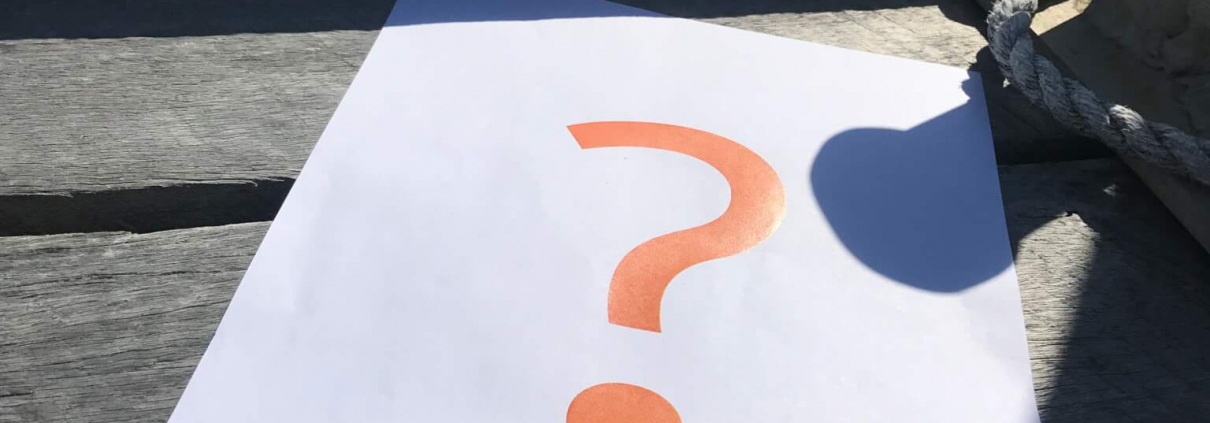Myths vs. Matter
Got a myth you want busted? Or have a burning question about our waterways? Email us as mail@ydsgroup2.com.au and we’ll add it onto our Mythbuster List.
#gcwamythbusting #OurGCWaterways
Mythbuster No. 1 – “I can build any structure I like on my waterfrontage”
FACT: A Tidal Works application must be made to the City of Gold Coast (Council) before you can start building a boat ramp, pontoon, jetty etc. It’s recommended that applicants consult with GCWA prior to lodging an application with council. We can then provide a waterways management comment and you’ll be on your way in no time!
Read more here
Mythbuster No. 2 – “GCWA is responsible for enforcing speed limits on the water”
FACT: Water Police, Maritime Safety Queensland and Fisheries Queensland enforce speeding and other unsafe on-water behavior.
Speeding boats can be reported to the Water Police through Policelink or call 13HOON (134666). The Water Police are happy to take your report and give you an email address if you would like to send in photos or videos.
Read more here
Mythbuster No. 3 – “The Broadwater is completely silted up”
FACT: More sand has left the Broadwater since 1986 (when the Gold Coast Seaway and Sand Bypass Station was built) than has come in. 7.6 million cubic metres is the amount of total sand volume that has left!
Up to 100 Gigalitres of water comes in and out of the Seaway each day. That’s one hundred thousand million litres of water, or 44,400 olympic sized swimming pools! It means that it’s a dynamic changing environment with sand and shoals constantly moving around.
Read more here
Mythbuster No. 4 – “I can anchor my boat anywhere I want for as long as I want”
FACT: There are time limits for anchoring in some Gold Coast waters that are in particularly high demand. This operates like parking restrictions for vehicles in city centres or camping restrictions in national parks. Limits are needed so that everyone gets a fair go at anchoring in the most sought after locations. A targeted monitoring program is carried out by GCWA across the Gold Coast all year that targets specific areas, achieving compliance through education, on-the-spot fines and removal notices. Our aim is for users of the waterway to voluntarily comply with the law by moving and sharing popular sites.
Read more here
Mythbuster No. 5 – “The Spit looks like a great spot to camp for free”
FACT: Camping, dogs off-leash, driving off-road, littering and lighting fires is not permitted in Doug Jennings Park. It is important that everyone who comes to visit this area, respects the rules that protect its value as an environmental and economic resource for the Gold Coast and a beautiful open space for everyone to enjoy. The Doug Jennings Park model by-law prohibits various activities and provides penalties for those who choose to ignore the rules.
Read more here
Mythbuster No. 6 – “GCWA is a part of Gold Coast City Council and is responsible for all of the waterways and every waterways issue”
FACT: Whilst we work closely with City of Gold Coast, we are a separate (State Government) entity with our own Act, objectives and priorities.
Our geographical area of responsibility includes all rivers, canals, lakes and dams within the local government area, as well as the areas at the entrance to the Gold Coast Seaway and the mouths of Currumbin Creek and Tallebudgera Creek.
City of Gold Coast has responsibility for maintaining, enhancing and protecting our beaches.
While we are in charge of waterways management (such as navigation aids, anchoring rules and response for vessel-sourced pollution), dredging of navigation channels, marine infrastructure and planning for future resilience and congestion on the water, the City of Gold Coast looks after noise issues, dredging of canals, land-sourced pollution/waste in the waterways and sewage outfalls. So, as you can see, it’s a complex area with a lot going on!
Read more on our website here
Mythbuster No. 7 – “GCWA checks boats for seaworthiness”
FACT: No, GCWA does not perform seaworthiness checks on boats. We’re the waterways manager, not the safety regulator. Importantly, we don’t have appropriately appointed staff to perform these checks. As the waterways manager, GCWA is set up to deal with transport and access related matters, such as anchoring rules, dredging and speed limits.
If you have concerns about the seaworthiness of a vessel or whether or not it’s registered, then you should contact Maritime Safety Queensland. They have highly qualified marine officers with the necessary expertise and powers to inspect and deal with unsafe boats.





